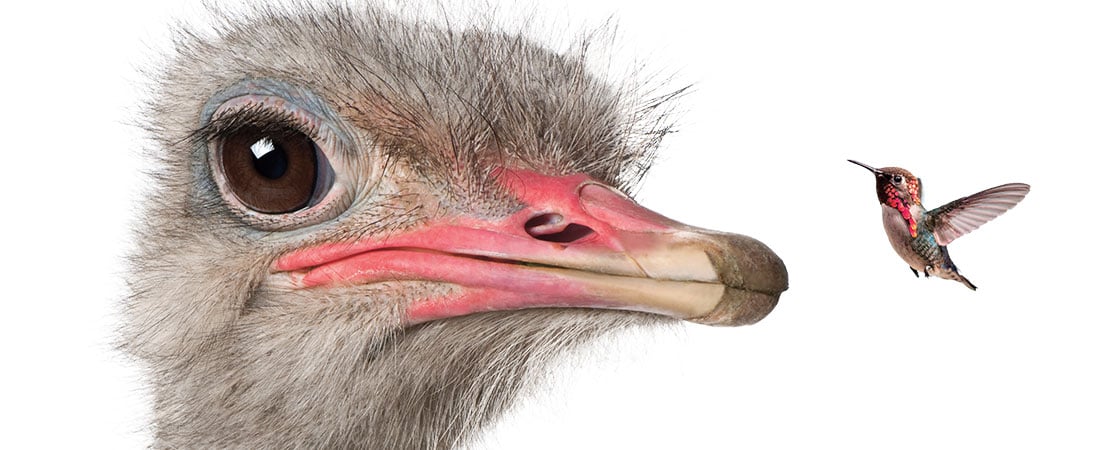Jim McMahon/Mapman®
My life began in a large nest in a dry, grassy plain. I burst out of an egg bigger than a grapefruit and grew to be taller than the tallest human—9 feet tall! I’m part of a group of ostriches called a flock. We roam the savannas of Africa.
My life began in a large nest. I was born in a dry grassy plain. I came out of an egg bigger than a grapefruit. I grew to be 9 feet tall!
Groups of ostriches are called flocks. I’m part of a flock. We roam the savannas of Africa.

